Assuming you’re not a pro-athlete or in heavy training for a marathon, here’s the challenge. Swap out the following flour or starchy-laden carbs with nutrient dense alternatives, and watch the change that happens in your body!
Sometimes your scale feels like it’s stuck, right? And you continue to bloat. And even though you’ve changed from white bread to whole-grain bread or white rice to brown rice, it’s as if your body wasn’t keyed in to the secret that you’re eating a healthier alternative.
So try these swaps instead and see if you don’t feel better! The key to reaping the benefits will be your consistency with these swaps. So go ahead … do this consistently for 30 days, and you will notice changes in your body!
1. PUT DOWN THE BREAD
Swap your “bread meals” with lettuce wraps. While this has become a more common hack, the trick is to do this consistently for 30 days. The next burger you order? Ask for lettuce to replace the bun. The next tuna fish sandwich you make, wrap it in romaine lettuce instead. Tacos? Yup, insert the taco fillings into romaine or Boston lettuce.
And of course, when the waiter or waitress asks if you’d like bread or toast? The answer is “No, thank you, but I’ll take a side of veggies.” SMILE.
2. OODLES OF ZOODLES INSTEAD OF LOTSA PASTA
Swap your pasta with zoodles! Seriously. My husband hasn’t had pasta in a month and he doesn’t miss it! In fact, he actually requests zoodles now. Talk about getting loads of nutrients!
Originally, zoodles started as spiralized zucchini, but now, the veggie options are endless. I spiralize zucchini and yellow squash on Sundays, allow it to dry, and have it ready for when we want it during the week. I’m a Bullet fan, so I bought the Veggie Bullet Electric Spiralizer. But almost any grocery store now carries packaged spiralized veggies … there’s no excuses, right?

Pssst. Just so you know, zoodles aren’t just substitutes for pasta, but can also be sautéed, added to soups, or even eaten raw.
3. DITCH THE RICE
You like the “filling” that rice gives to your dish of chicken and veggies? Or you like adding it to soup? So go ahead and keep at it, but use cauliflower or broccoli “rice” instead. You can easily do this yourself by putting your cauliflower or broccoli into your food processor with the grater blade (or even a cheese grater) to grate it into small, rice-like pieces.


And just like zoodles, grocery stores now carry packaged veggie rice alternatives for you. I’m all about setting myself up for success, so I keep a pack in my refrigerator so on crazy-busy evenings, there’s no excuse for keeping to this swap!
Simple tip: Cook the cauliflower or broccoli rice in a fry pan with 1 Tablespoon of olive oil over medium heat. It should be ready in about 5 minutes. Simply salt and pepper to taste. Serve your normal meat and veggie dish over this bed of rice alternative.
All the best to you,
Valerie

 Well, it’s been well-known that broccoli is good for your health in general.
Well, it’s been well-known that broccoli is good for your health in general. ve to go overboard at first. But begin to introduce an extra serving of a non-starchy vegetable to your meal. Preferably GREEN ones at that! After some time, introduce another serving to your meal. The goal is that over time, you would be filling your plate with more of these delicious, lifesaving macronutrients, and less of junk. For now, just know that “macro” means large-scale and “nutrient” means a substance that provides nourishment essential for growth and the maintenance of life. I’ll cover macronutrients in another post.
ve to go overboard at first. But begin to introduce an extra serving of a non-starchy vegetable to your meal. Preferably GREEN ones at that! After some time, introduce another serving to your meal. The goal is that over time, you would be filling your plate with more of these delicious, lifesaving macronutrients, and less of junk. For now, just know that “macro” means large-scale and “nutrient” means a substance that provides nourishment essential for growth and the maintenance of life. I’ll cover macronutrients in another post.
 Intentional health. I came up with this phrase because the word “intentional” drives me.
Intentional health. I came up with this phrase because the word “intentional” drives me.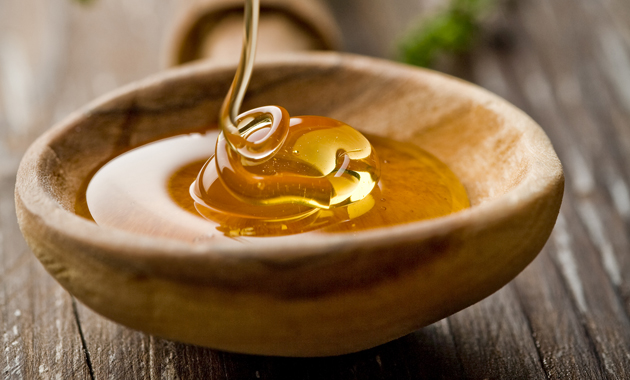
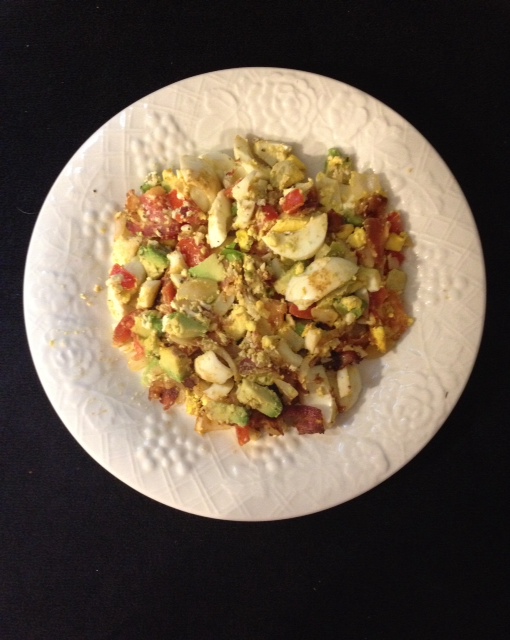
 f clean living is simply to live in such a way that I eliminate as many toxic things from my life as possible – not just from my body, but from my mind and soul, too.
f clean living is simply to live in such a way that I eliminate as many toxic things from my life as possible – not just from my body, but from my mind and soul, too.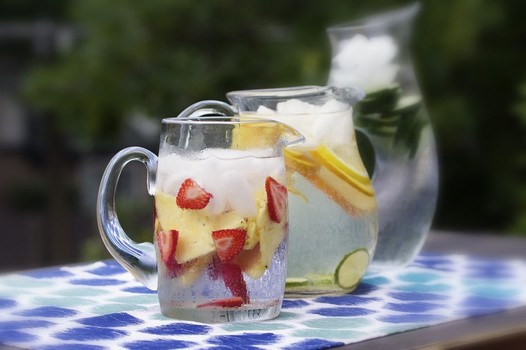
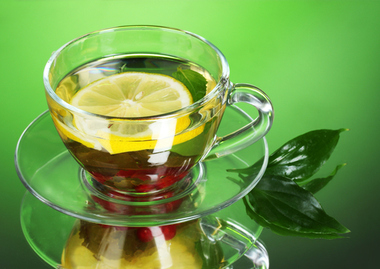
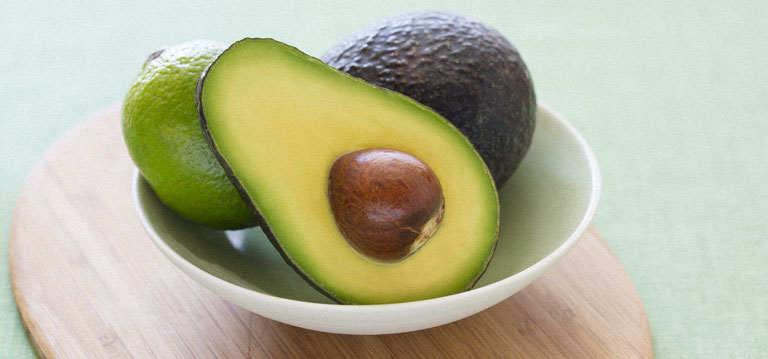

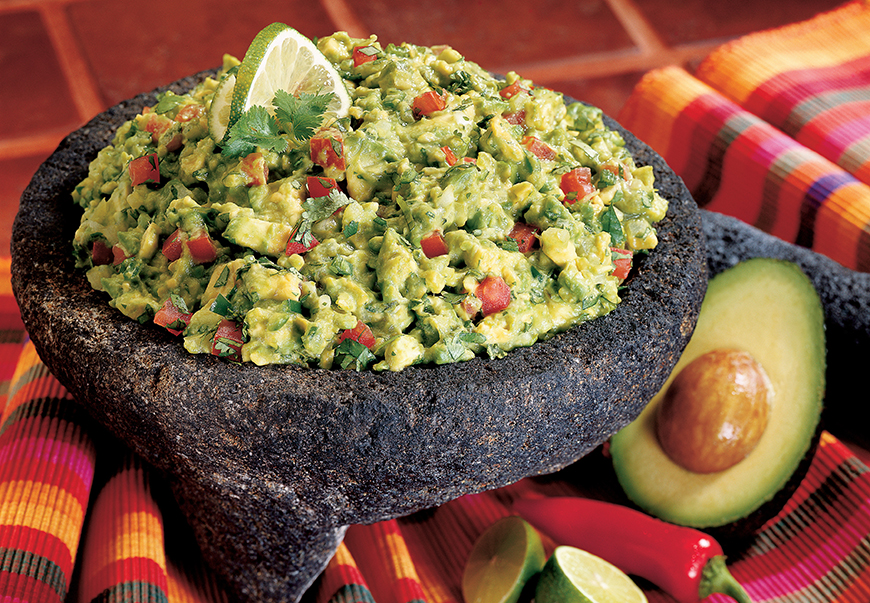 Avocados can be sliced, diced, chopped, and mashed! Here’s just a few ideas… experiment and come up with your own.
Avocados can be sliced, diced, chopped, and mashed! Here’s just a few ideas… experiment and come up with your own.